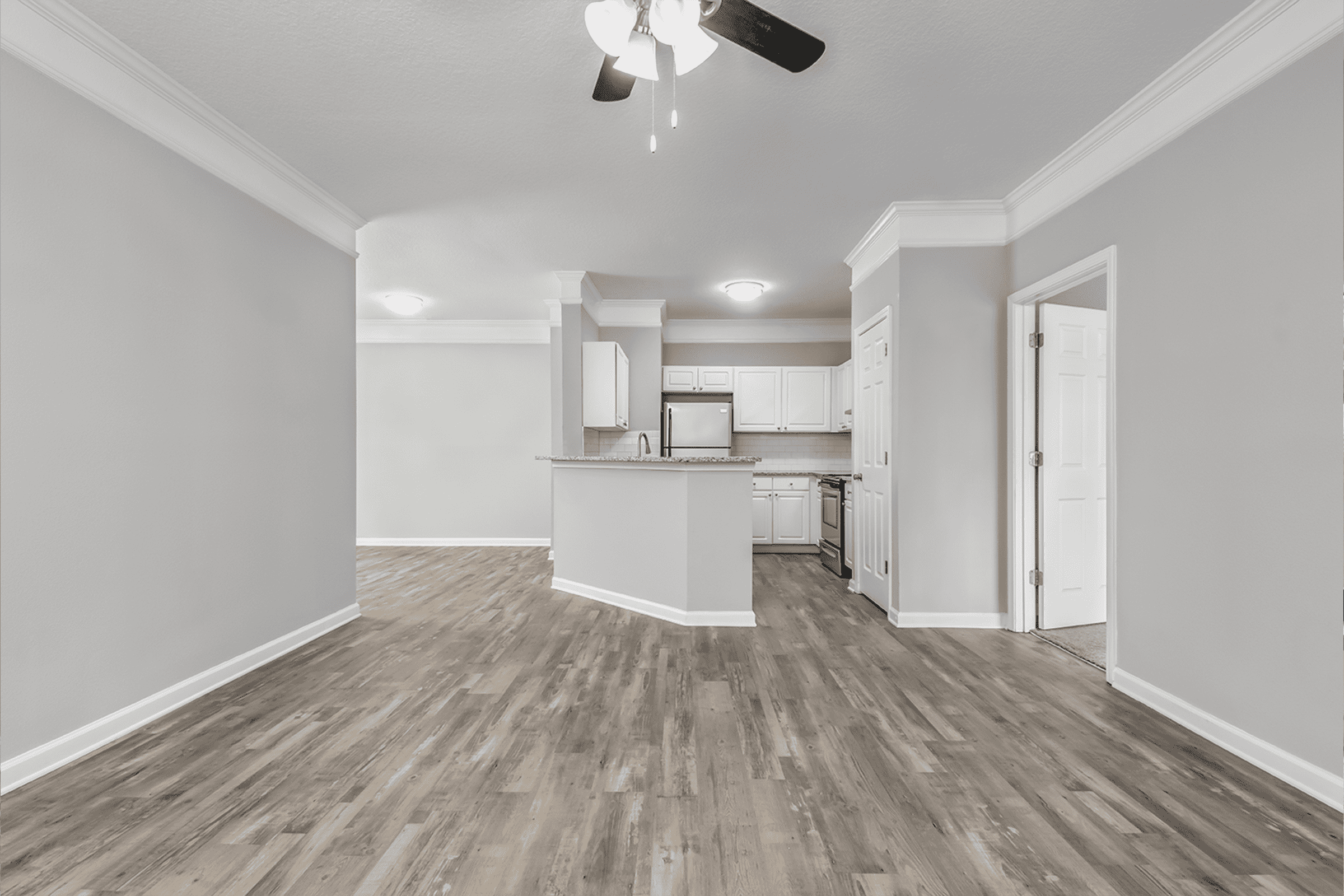Choose A Topic
-

The First 10 Steps to Buying a Great Deal
At PassiveInvesting.com, we love to bring our investors new and exciting properties to invest in. By the time you receive […]
-

Understanding Multifamily Revenue Terms
The accounting world and specifically multifamily accounting tend to use words or phrases that can be tricky to remember. One […]
-

The Art of Acquisitions
“Your work is going to fill a large part of your life, and the only way to be truly satisfied […]
-

Did You Know… Tax Update
The $2.2 trillion Coronavirus Aid, Relief, and Economic Security Act (CARES Act) signed into law on March 27th of this […]
-

Determining Property Criteria
Specific Property Criteria When looking to purchase anything in life, you must first decide on a few factors before you […]
Popular Questions
Investing in multifamily assets allows for better returns than any other real estate asset class. The National Multifamily Housing Council (NMHC) presented the research on why multifamily investing returns can’t be beat.
One of the major benefits of investing in stabilized (above 90% occupancy) multifamily assets, is the ability to use permanent, low risk agency financing. Looking back at the crash in 2008, the single family market had a 4.0% default rate versus the multifamily market only have a 0.4% default rate.
The PassiveInvesting.com Team only acquires stabilized (above 90% occupancy) and cash flow positive apartment building investments. This allows our investors to make healthy returns while showing a loss at the end of every year.
Since its peak in the mid-2000s (see graph below), home ownership has been significantly dropping and it will continue to drop as millennials and the aging baby boomers want to stay mobile in the 21st century.




